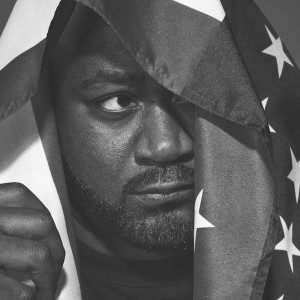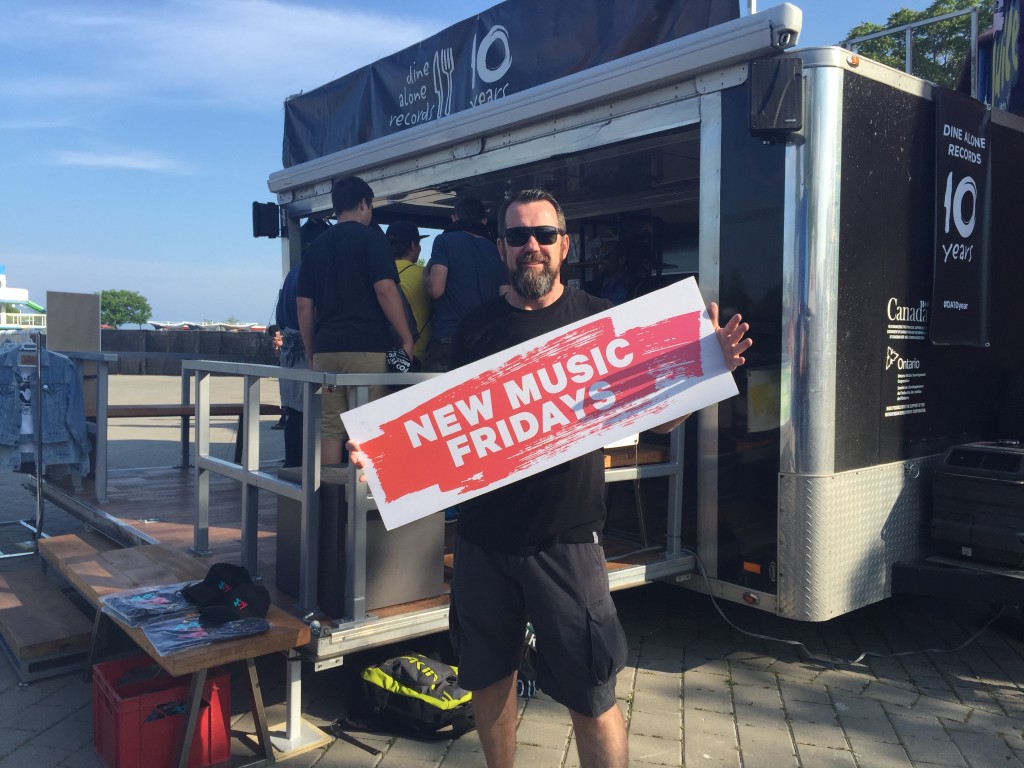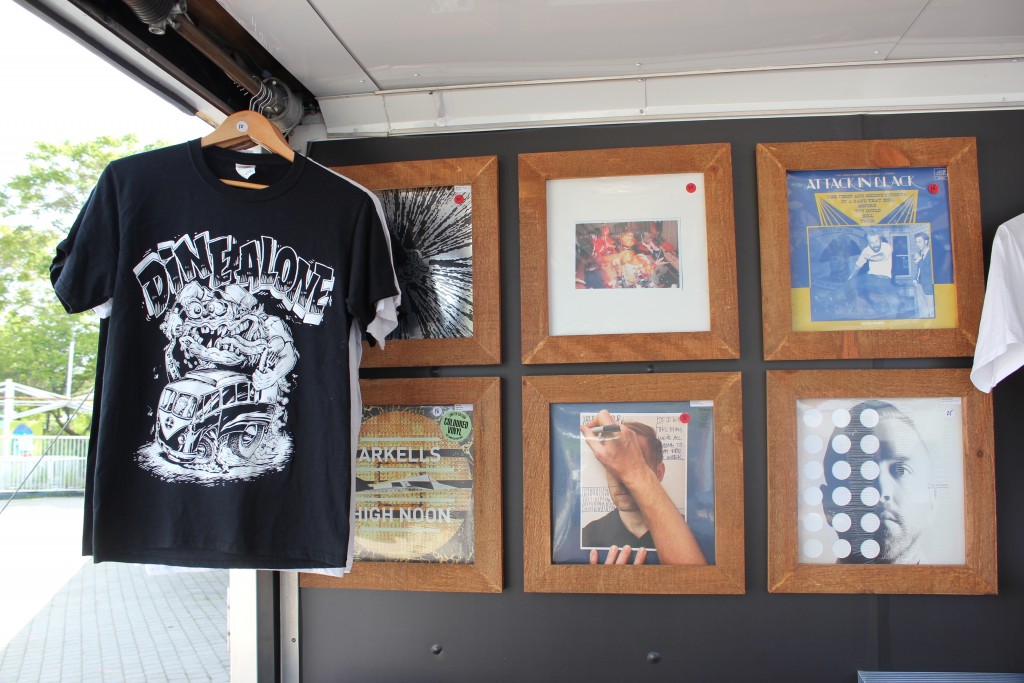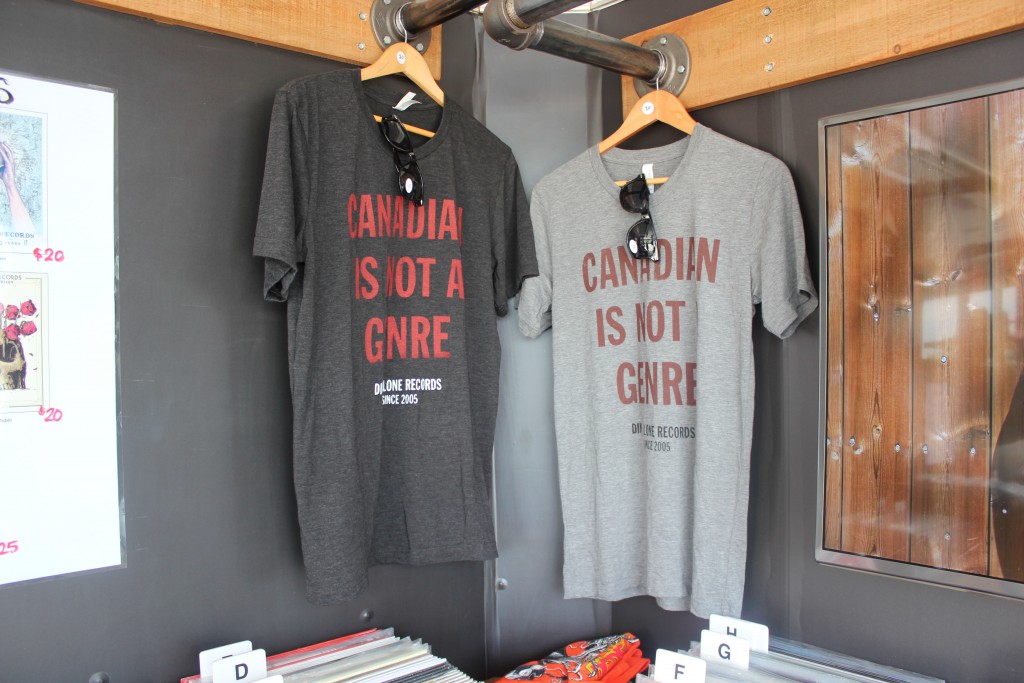The book jacket says this book is, “the greatest story never told” about the music industry. Marketing aside, I have to agree. But How Music Got Free: The End of an Industry, the Turn of the Century, and the Patient Zero of Piracy isn’t just a book about the music industry, it is a book about creative industries in the digital world, about how disruptive technologies are created and interact with established modes of production. Despite that, it is not at all boring. It is a fun narrative read that takes the stories of three different groups of people and shows how their stories all intersect in the 1990s and early 21st century.
Stephen Witt meticulously tells this story by piecing together the different events that led to widespread music piracy, discussing its implications for the music industry. Using his investigative journalistic skills, he focuses on three key individuals: the creator of the mp3, a CD factory worker, and a music industry executive.
First he traces the evolution of mp3 technology, focusing on the German inventor Karlheinz Brandenburg. He describes the slow and challenging process of creating and distributing the technology, and its slow adoption within audio technology community. Along with the compression of music, Brandenburg and his team also developed several other complimentary inventions, which would allow users to encode mp3s and store them for limited use.
Next he follows Bennie Lydell Glover, the music smuggler. Witt describes Glover’s gradual introduction into music piracy, sneaking CDs from the plant he worked at during the day, and connecting with the Rabid Neurosis (RNS) internet crew to upload music online. Glover’s story is a fascinating one, Witt attributes 20 000 album leaks in 11 years to Glover. He leaked Madonna, Akon, Christina Aguilera, Elvis Costello, Taylor Swift, Toby Keith, the Foo Fighters, Hilary Duff and Jimmy Buffet, among others. Using Brandenburg’s technology, internet enthusiasts were able to create online sites full of compressed mp3 music, easily downloadable for free.
Lastly, Witt focuses on notable music executive Doug Morris, President of Warner, CEO of Universal and eventually Sony. Morris’s story overlaps with both Brandenburg and Glover, revealing how the industry reacted to these new developments. Witt describes the various lawsuits filled by music executives, both against Napster and against companies seeking to develop and market mp3 players. Not only does Witt capture the decisions that contributed to the decline of the industry, but Witt also describes how executives attempted to revive the music industry, endorsing iTunes and later creating Vevo for Youtube. Witt describes Morris’s judgments in the context of a declining industry, with CD sales decreasing to 50% in 2007 compared to their 2000 peak.
The hook in Witt’s book is what we all implicitly know: piracy and the digital revolution transformed the music industry. Witt takes the reader on a journey to understand how everything changed. What spurred this change? Who were the key players driving this change? How did the internet manage to cripple such a flourishing sector? Though most common answer to these questions is Napster, Witt shows readers that this is only one aspect of story.
Witt captures this difficult narrative without imposing his personal views on the stories he tells. He admits that in the late 1990s he also pirated music, but he chooses not to discuss his own thoughts on the how the internet should be. Instead, he seems to recognize the extensive damage that he and thousands like him caused by chronicling the downfall of the music industry and its implications for thousands of former music industry employees. But, he does not let the industry off easily: he identifies with the internet generation, who found business practices implemented by major labels to be unfair and expensive for consumers
Today, as the music industry innovates, global revenues from physical sales and digital sales are about equal, just under $7B each. However, this combined revenue is still a fraction of what the industry used to generate- approximately $15 billion compared with the over $26 billion annually fifteen years ago.
The real challenge today is getting the generation of people that grew up in the Napster age to believe that they should pay for music. Witt encapsulates the feeling of the age accurately when he says, “music piracy became to the late ‘90s what drug experimentation was to the late ‘60s: a generation-wide flouting of both social norms and the existing body of law, with little thought of consequences.” As social norms are broken they are not easily repaired.
Today, according to the IFPI, one fifth of internet users continue to regularly access sites offering copyright infringing music. Though the heyday of piracy has undoubtedly passed, it remains a significant problem for all creative industries, including the music industry. As Witt repeats through the book Alan Greenspan knew that, “selling intellectual property mean[s] suppressing unauthorized products with the same vigor that you created legitimate goods.” Still today, this is elusive in many cultural industries.
A complete reading of Witt’s book will likely leave readers in awe of the complex interconnecting events that shaped the music industry. However, understanding what Witt knows about the ability of pirates to steal creative works, I have to wonder why he wrote this book. A quick search on Pirate Bay shows me that his book is already available for free download.































Music Canada